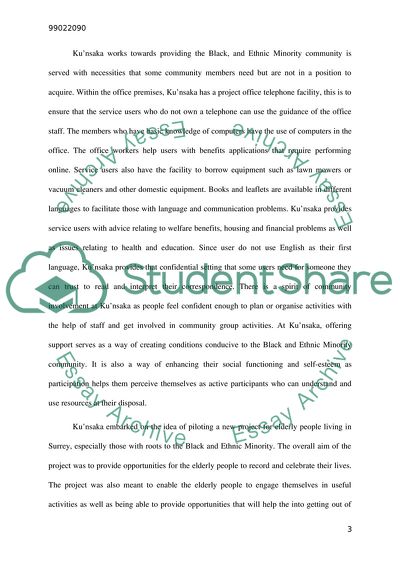Cite this document
(“Achieving Better Community Development: Ku'nsaka Essay - 1”, n.d.)
Achieving Better Community Development: Ku'nsaka Essay - 1. Retrieved from https://studentshare.org/social-science/1872294-community-development-kunsaka
Achieving Better Community Development: Ku'nsaka Essay - 1. Retrieved from https://studentshare.org/social-science/1872294-community-development-kunsaka
(Achieving Better Community Development: Ku'Nsaka Essay - 1)
Achieving Better Community Development: Ku'Nsaka Essay - 1. https://studentshare.org/social-science/1872294-community-development-kunsaka.
Achieving Better Community Development: Ku'Nsaka Essay - 1. https://studentshare.org/social-science/1872294-community-development-kunsaka.
“Achieving Better Community Development: Ku'Nsaka Essay - 1”, n.d. https://studentshare.org/social-science/1872294-community-development-kunsaka.


